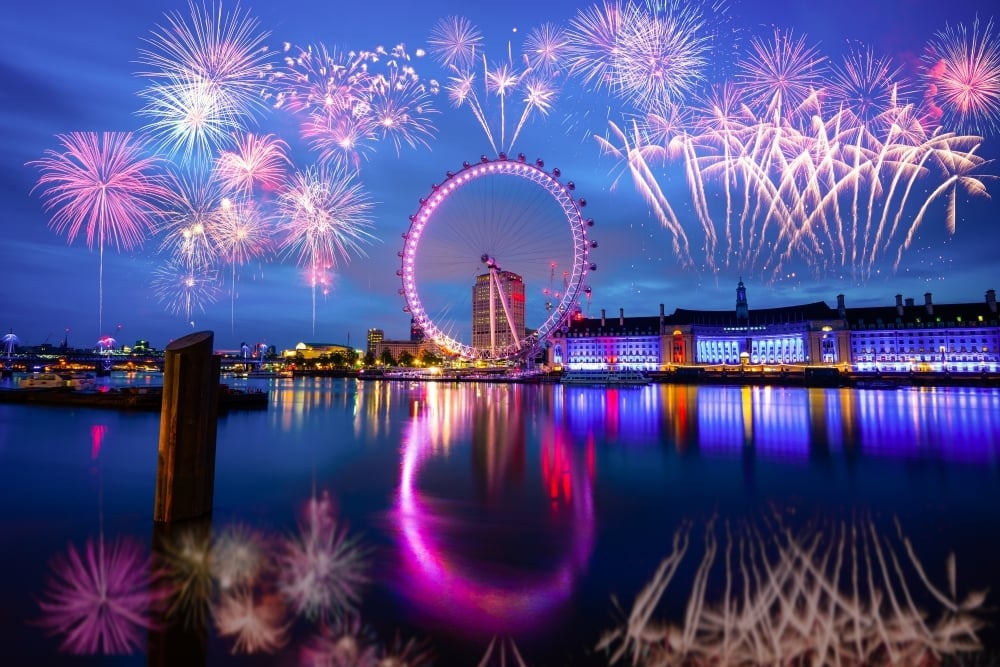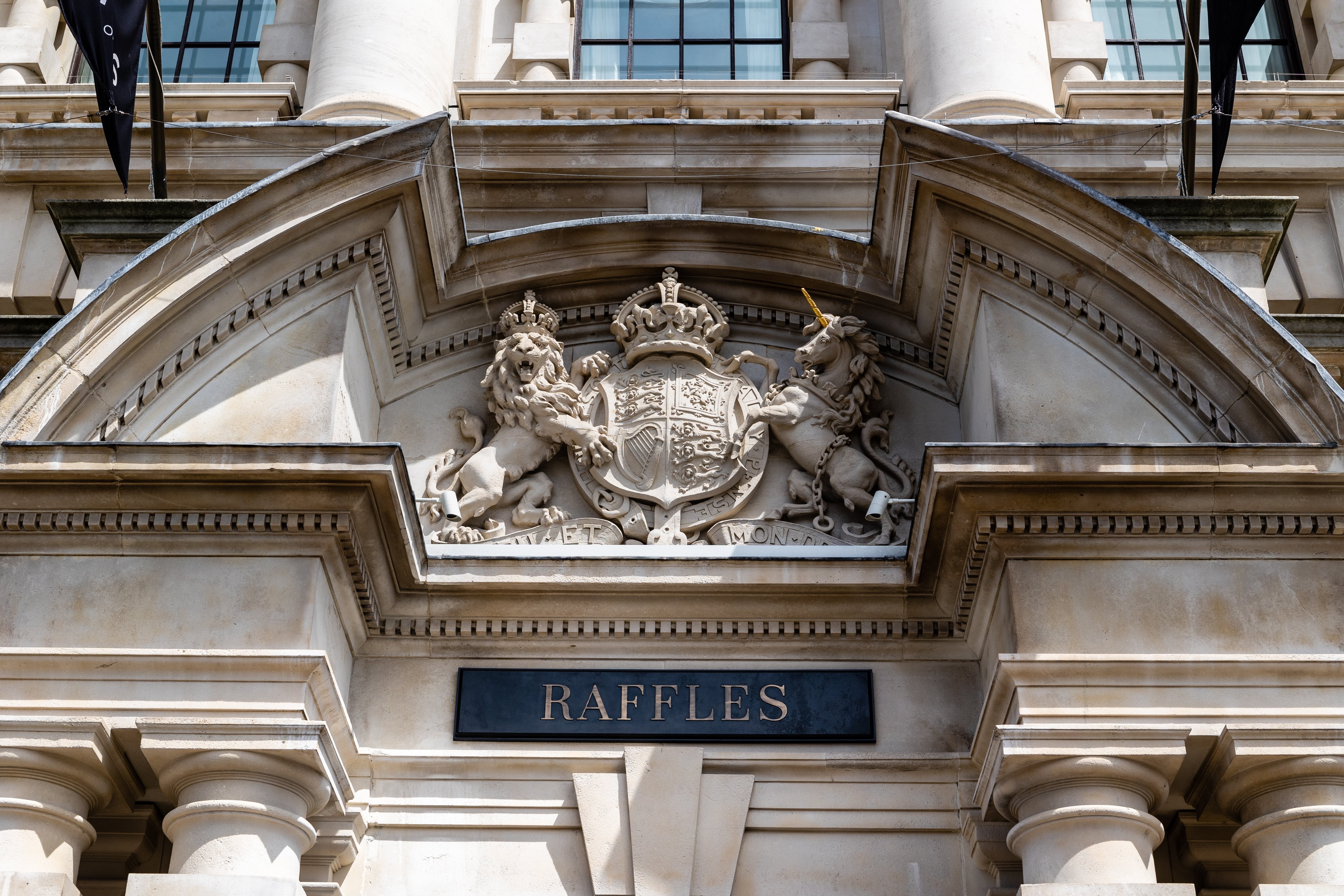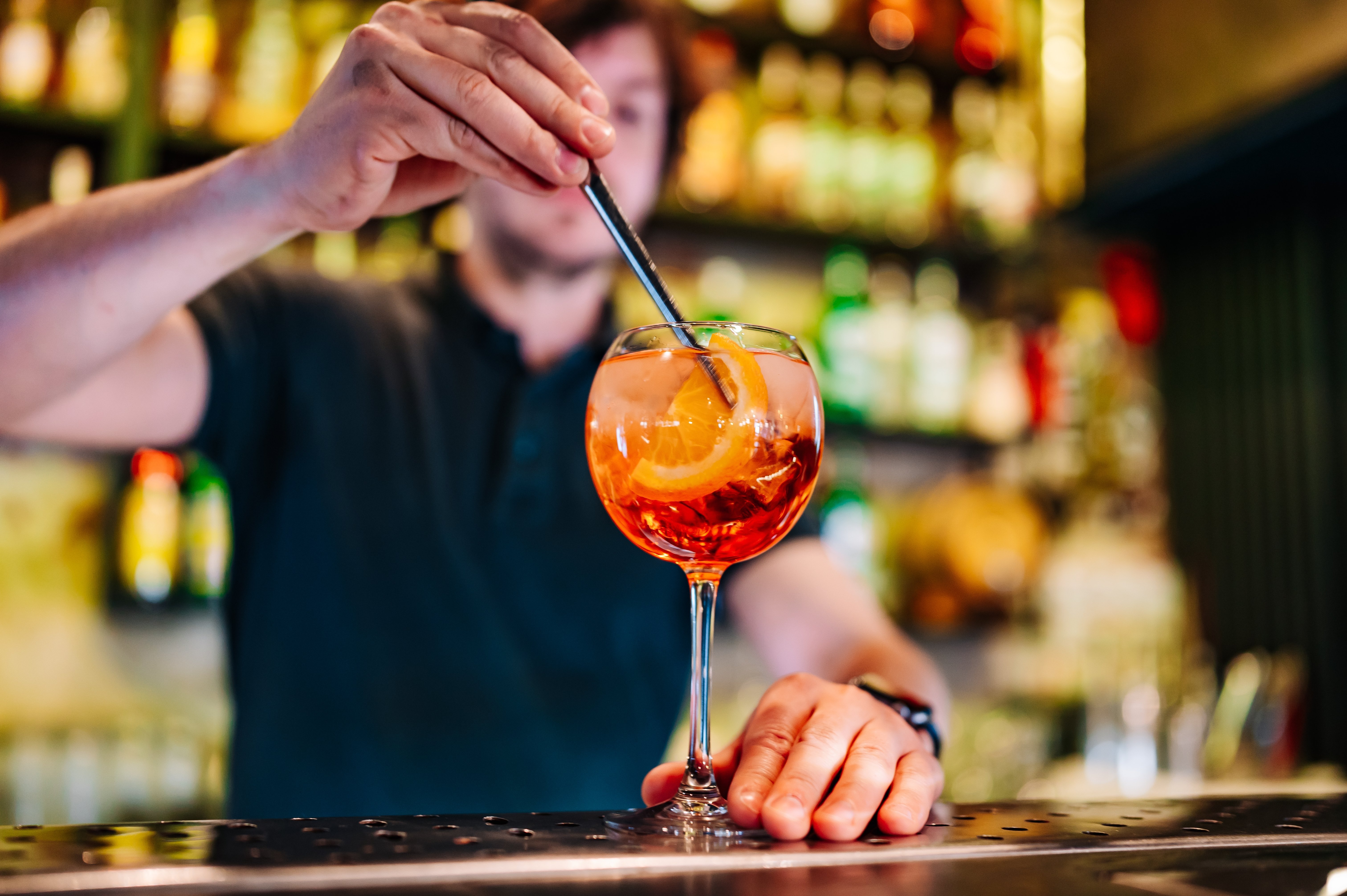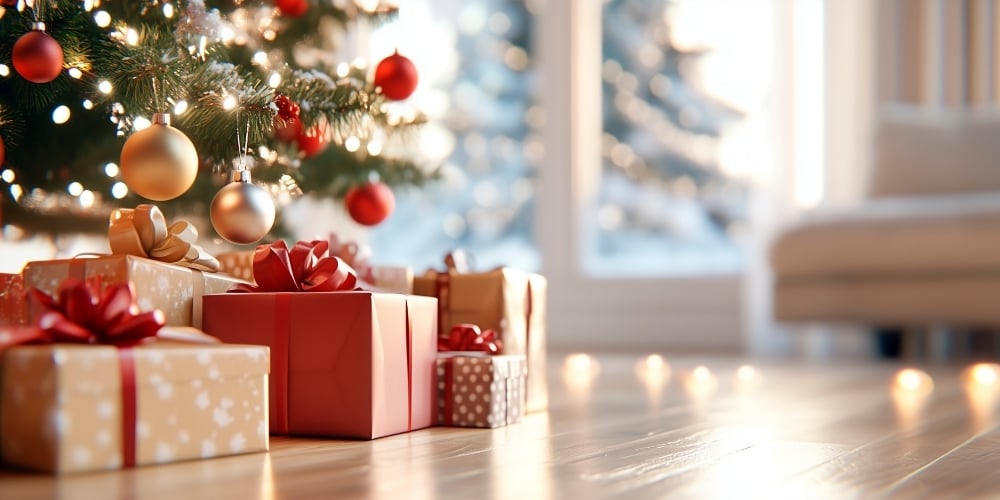Famous Private Members Clubs in London
London has long been the epicentre of style, sophistication, and exclusivity, and nowhere is this more evident than in its prestigious private members' clubs. Whilst these bastions of tradition and refinement have evolved over centuries, with a number of newer, fresher entrants to the market, there remains a sense of discreet havens for politicians, creatives, aristocrats, and business moguls. From 18th-century gentleman's retreats to modern sanctuaries for the city's cultural elite, here’s a look at five of the most famous private members’ clubs in London—and the rich history behind them.
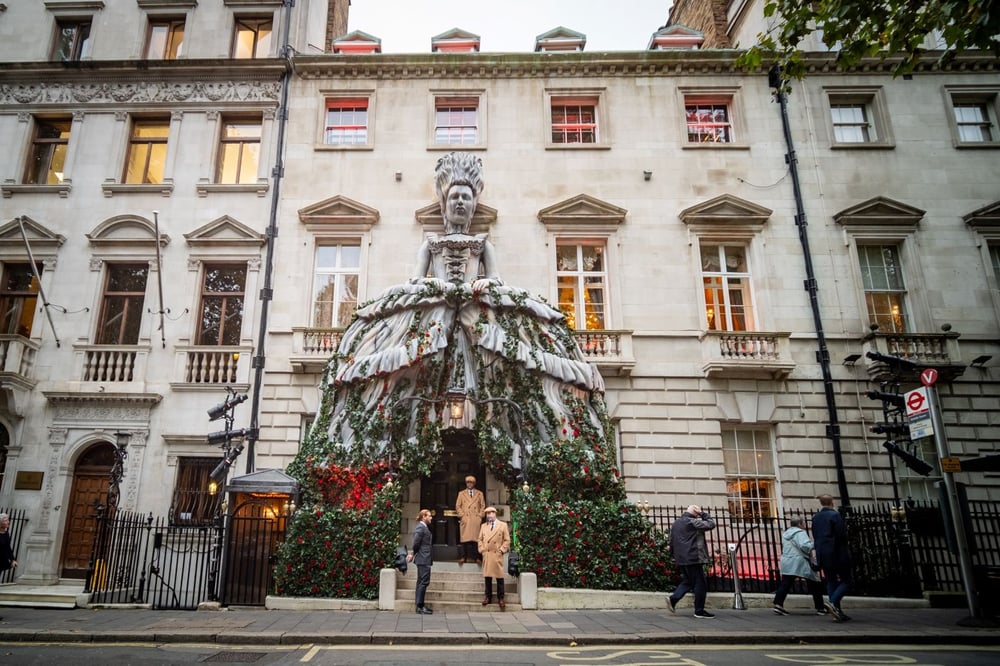
White’s
Location: 37 St James's Street, SW1A
Founded: 1693
The quintessential gentleman’s club, White’s is often regarded as the oldest in London. Originally established in 1693 as a hot chocolate shop by Francesco Bianco, the club quickly became a popular gathering place for the English aristocracy. By the mid-18th century, it had evolved into a fully-fledged gentleman’s club.
White’s has always been associated with the upper echelons of society, boasting an impressive rollcall of male-only members (yes, even Queen Elizabeth II wasn’t allowed in!) that has included Charles III, David Cameron, and Beau Brummell, the original dandy of Regency London.
Costing a cool £5,000 joining fee and £3,000 p/yr in membership, its imposing, white-stuccoed façade on St James’s Street hides a world of old-school opulence that fits every stereotype of a private members’ club: deep leather armchairs, oil portraits, and whispered conversations over whisky and cigars.
Also Read: Best Luxury Cinemas in London
Soho House
Location: 40 Greek Street, W1D (Original location)
Founded: 1995
Soho House is a more modern face of private clubs in London. Founded by restaurateur Nick Jones in 1995, with the aim of providing a sanctuary for those working in the creative industries such as advertising, film, media, and design.
With laid-back yet luxurious interiors, rooftop pools, and a now global presence of 40 clubs stretching from Miami to Mumbai, this brand has led the way for private clubs for almost 30 years. Soho House redefined what it means to be part of an exclusive club and depending on your level of membership, you can access any of them. While the dress code and traditions are more relaxed than the more traditional clubs, membership is still highly sought after, and spaces are carefully curated.
What began as a single townhouse in Soho is now a global lifestyle brand. Despite its expansion, Soho House remains fiercely loyal to its roots: offering a stylish, collaborative environment for the world's creatives to eat, drink, work, and play.
Also Read: Luxury Private Dining London
The Garrick Club
Location: 15 Garrick Street, WC2E
Founded: 1831
Sitting in Covent Garden, the Garrick Club was founded in 1831 providing a haven for actors, playwrights, and gentlemen with a deep appreciation for the performing arts.
Despite its dramatic roots, the Garrick quickly became one of the most elite social clubs in the capital. It houses one of the finest private collections of theatrical paintings and memorabilia in the world, and its art-lined dining room is a visual feast.
The club famously resisted female membership for nearly two centuries, though in 2024 it finally voted to allow women to join, signalling a seismic and welcome shift in its history. Full membership will set you back £7,500 plus an annual £2,800 annually and members have included the likes of Laurence Olivier, Charles Dickens and Stephen Fry. The club remains a cornerstone of literary and theatrical life in London.
Also Read: Best Tennis Clubs London
The Groucho Club
Location: 45 Dean Street, W1D
Founded: 1985
A relative newcomer to the private members club scene in London, the Soho-based Groucho Club didn’t take long to establish itself as one of the places to be as ‘Cool Britannia’ swept through London in the 1990s. Its maverick reputation and distinct rock and roll bohemian vibe, which is still very much maintained today, provided a welcome antidote to the perceived ‘stuffy’ gentleman's clubs elsewhere in the capital. Hosting members with a distinctly arty slant (their requirements stipulate applicants "should have a creative role within the creative industries and share the Club's maverick spirit”) the likes of Cara Delevingne, Jarvis Cocker and Noel Gallagher have all passed through its doors on a regular basis.
Significantly more affordable than some other clubs, annual memberships start from £950, with a joining fee of £250.
Also Read: Yacht Clubs & Private Boating in South West London
Annabel’s – The Epitome of Glamour
Location: 46 Berkeley Square, W1J
Founded: 1963
No list of London’s famous private clubs would be complete without the legendary Annabel’s, a name synonymous with luxury, hedonism, and high society. Founded by Mark Birley in 1963, Annabel’s was one of the first private clubs to permit both men and women—a revolutionary move at the time and has succeeded in that almost impossible mission of remaining implausibly trendy ever since.
The club was a favourite haunt of the Rolling Stones, Elizabeth Taylor, Princess Diana, Kate Moss and even Frank Sinatra. Its original basement location on Berkeley Square became legendary, setting the standard for glamorous nightlife in London.
In 2018, Annabel’s moved to a lavish Grade I-listed Georgian townhouse just two doors down from its original location. The maximalist interiors were designed by Martin Brudnizki with floral ceilings, gold-leafed staircases, and chandeliers as far as the eye can see.
It will cost you from close to £2,000 to join and £3,750 a year in membership fees, and a strict dress-code also reigns supreme as you would expect from such esteemed surroundings.
Private members’ clubs in London offer more than just opulent surroundings and A-list members, although this is certainly a significant facet. Rightly or wrongly, they are deeply woven into the fabric of British social history, where for centuries, deals have been brokered and history-making hushed conversations have been had. Now, in the 21st century, whether it’s the restrained elegance of White’s to the creative pulse of Soho House, they continue to evolve with the times while honouring their storied pasts.
As exclusivity remains their inescapable hallmark, and with it, securing entry into these elite institutions is no small feat. But for those lucky enough to pass through their doors, the rewards are as rich as the history they embody.
